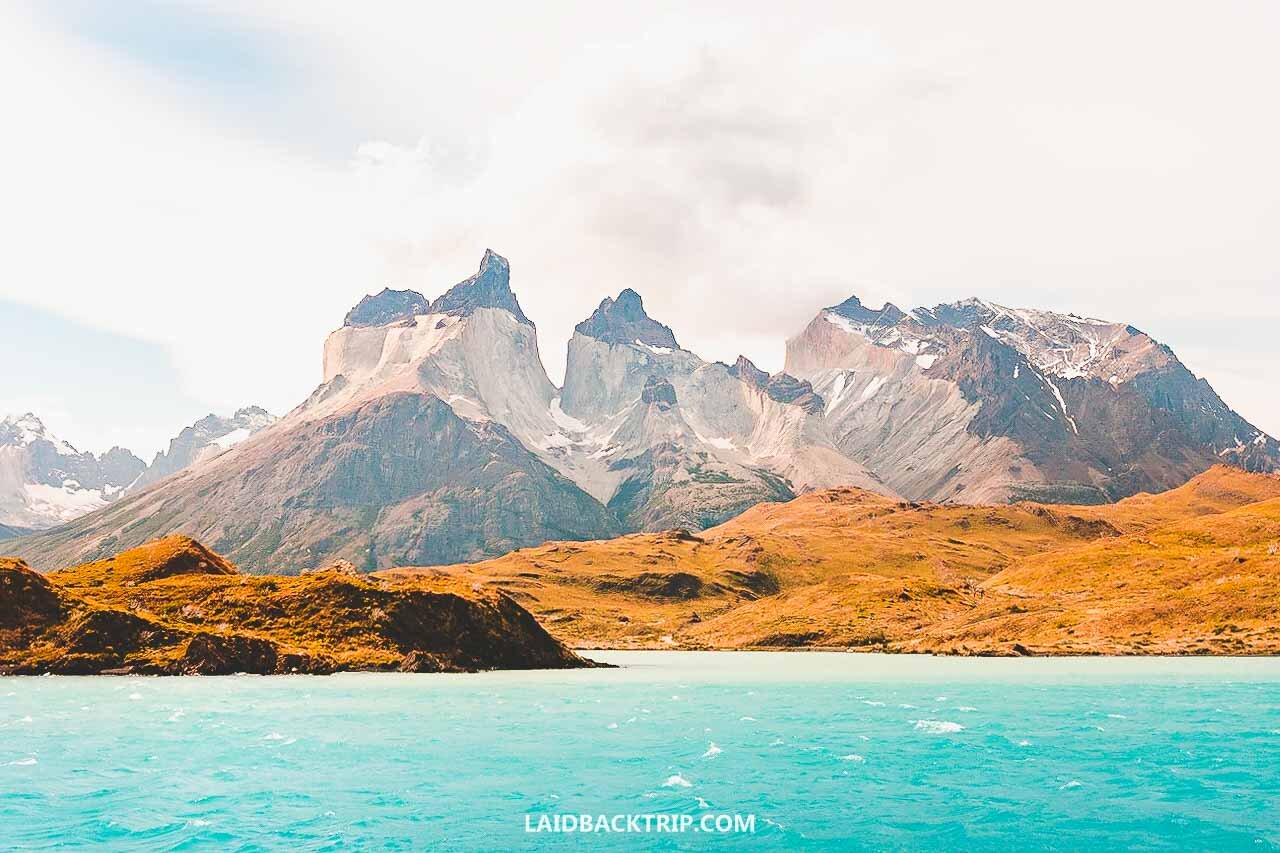Those fortunate enough to discover this premiere travel destination, reading insider tips for planning a Patagonia Trip can be a huge benefit.
The region is heaving with national parks and UNESCO sites, with four World Heritage Sites in Argentina and four World Biosphere Reserves in Chile.
It’s steeped in a history that reads like sea-going legend, and some fame is attached to it for simply being the most southernly bit of the American continent.
Patagonia travel offers an awful lot to discover. It has a Pacific and Atlantic coast, both replete with cool ocean animals to spot, including whales, penguins, and sea lions.
It has vast grasslands, imposing rock faces, drifting glaciers, and serene lakes. It is wide open and scarcely populated, with just a spattering of unique towns and villages to suggest humans inhabit it at all.
There is also a lot to know before heading down that way. With such rugged and isolated terrain, it’s wise to understand the climate and the costs.
As an international destination, it’s important to know what documents to get before arriving and what items to take. In a place so expansive, it’s imperative to have an idea of how to get around.
In a world so chocked full of amazing stuff, it’s good to get a grasp on what to do and see. With this info in tow, a Patagonia trip is surely to blow you away (perhaps quite literally).
READ MORE: The 20 Best Things to Do in Patagonia (South America)
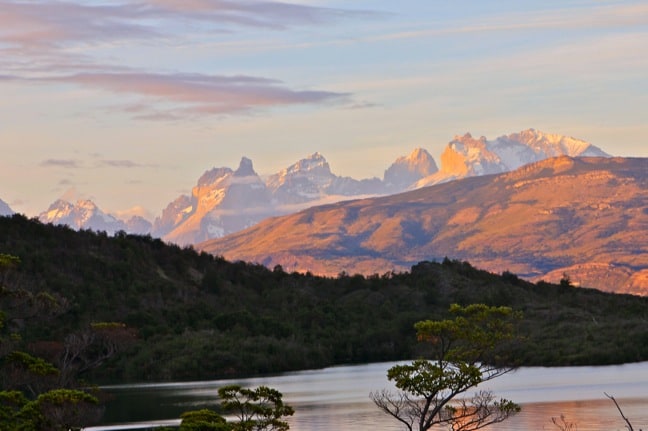
TIPS FOR PLANNING YOUR PATAGONIA TRIP
- What To Expect on a Trip to Patagonia
- Things To Know Before Your Patagonia Trip
- Traveling To Patagonia
- Places To Visit in Patagonia
- Choosing Patagonia Tours
READ MORE: What Is Ecotourism? (The History & Principles of Responsible Travel)
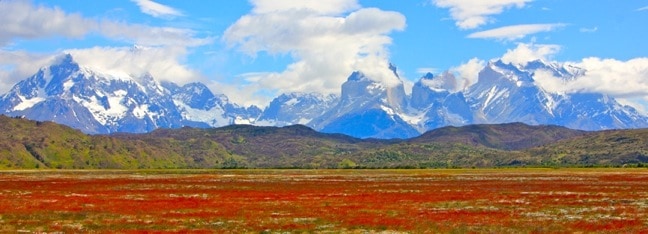
WHAT TO EXPECT ON A TRIP TO PATAGONIA
The stereotypical images of South America include historic colonial cities, colorful textile markets, wild Amazon rainforest animals, uncontacted indigenous tribes, and beautiful tropical beaches.
But Patagonia offers a distinctly different type of South American experience. It’s sort of like the Yellowstone National Park of South America– a vast land carved by glaciers, full of wide-open spaces, endemic weird animals, and uniquely beautiful backdrops.
Exploring Patagonia is a travel experience unlike anything else the continent has to offer. Here are a few basic things you should know before you travel to Patagonia:
READ MORE: The 20 Best Wildlife Parks & Wildlife Tours in the World

1. A Patagonia Vacation is More Expensive
The unavoidable result of the region’s remoteness is that things are more expensive in Patagonia than other parts of South America.
Budget travel in Patagonia isn’t really an option. Because tourism there is seasonal, the demand and limited accommodation options raises the prices of rooms at peak times.
Much of the food in Patagonia must be imported, which drives up dining costs. In other words, the region isn’t as cheap as Colombia or Peru, but it’s totally worth it!
READ MORE: 50+ Pieces of Advice I Would Include in a Letter To My Younger Self

2. The Best time to Visit Patagonia is Austral Summer
Timing your Patagonia travel is incredibly important. In terms of weather, the best time to visit Patagonia is the Austral summer, which is December through February.
In the southern hemisphere, this is when the temperatures are warmest. Patagonia is located about as far from the equator as Ukraine and the southern territories of Canada, so visiting when the region is at its warmest is generally a good idea.
But because this is peak season, more crowds are to be expected.
READ MORE: 25 Tallest Mountains in the World by Continent (World Travel Bucket List)
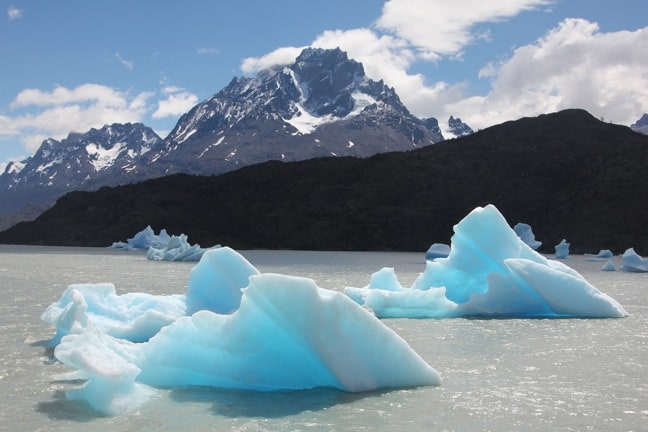
3. Consider Traveling to Patagonia During the Shoulder Season
If you want to avoid crowds completely (and save some money), consider traveling to Patagonia during the shoulder seasons–Austral spring (September-November) and fall (March-May).
Temperatures in the area average a few degrees colder each month outside of the peak season. For example, in the month of February, Perito Moreno averages in the upper 50s, while March is in the lower 50s, and April is in the mid-40s.
READ MORE: The Effects of Mass Tourism (How Overtourism is Destroying 30+ Destinations)
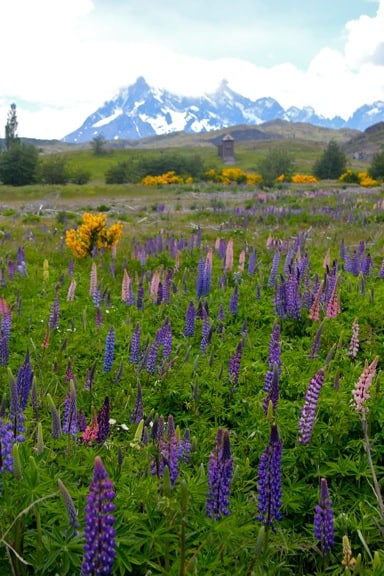
4. Visiting Patagonia Takes Time
Remember that Patagonia encompasses just over 400,000 square miles (Texas isn’t quite 270,000) and stretches over 15 degrees of latitude.
It’s essentially the length from the bottom of California to the top of Washington state. So you can expect that temperatures will be vastly different depending on where you are in the region.
The ecosystems can be quite different as well, moving from desert to mountain lakes to coastal islands. Suffice it to say, visiting Patagonia in one trip requires a good chunk of time.
READ MORE: List of National Parks By State (An Epic Guide to “America’s Best Idea”)
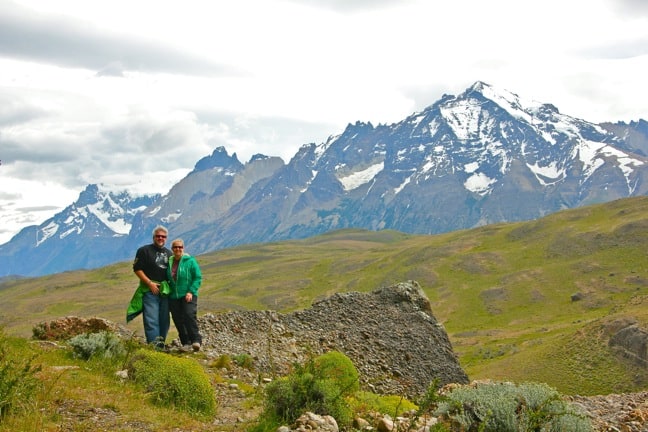
THINGS TO KNOW BEFORE YOUR PATAGONIA TRIP
For those interested in deep exploration of the region, it’s important to realize that there are two countries in Patagonia. Most of the Patagonia region is in Argentina, but there are also many serious points of interest in Chile.
So an in-depth Patagonia trip will require crossing an international border. And since it’s very remote and undeveloped, it’s best to stock up on all the conveniences you’ll need for your journey when you’re in Santiago or Buenos Aires.
Here are a few other key things to know before you visit Patagonia:
READ MORE: The 7 Safest Countries in the Middle East For Americans to Visit
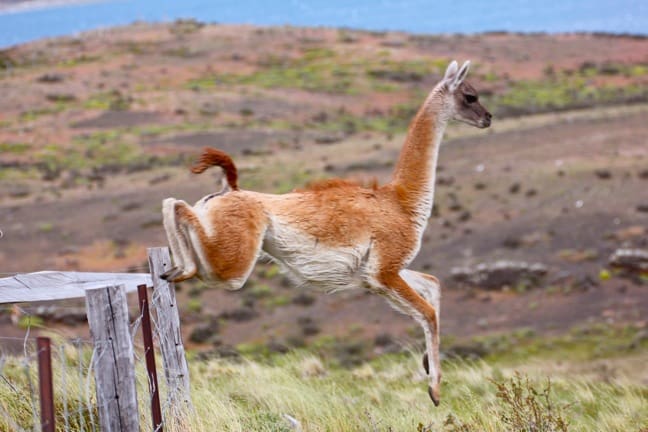
5. Each Patagonia Country Requires a Passport
Getting into Chile and Argentina only requires a passport for US and EU citizens, as well as those from Canada, Australia, and New Zealand.
A passport allows you a 90-day stay, and trips to a neighboring country (with a new entry stamp upon reentry) can allow you to stay another 90 days.
The process for getting a visa is long, complicated, and expensive, so it’s probably better not to do so unless you are moving to the region for good.
READ MORE: 15 Harmful Traditions & Cultural Practices Tourists Should Never Support
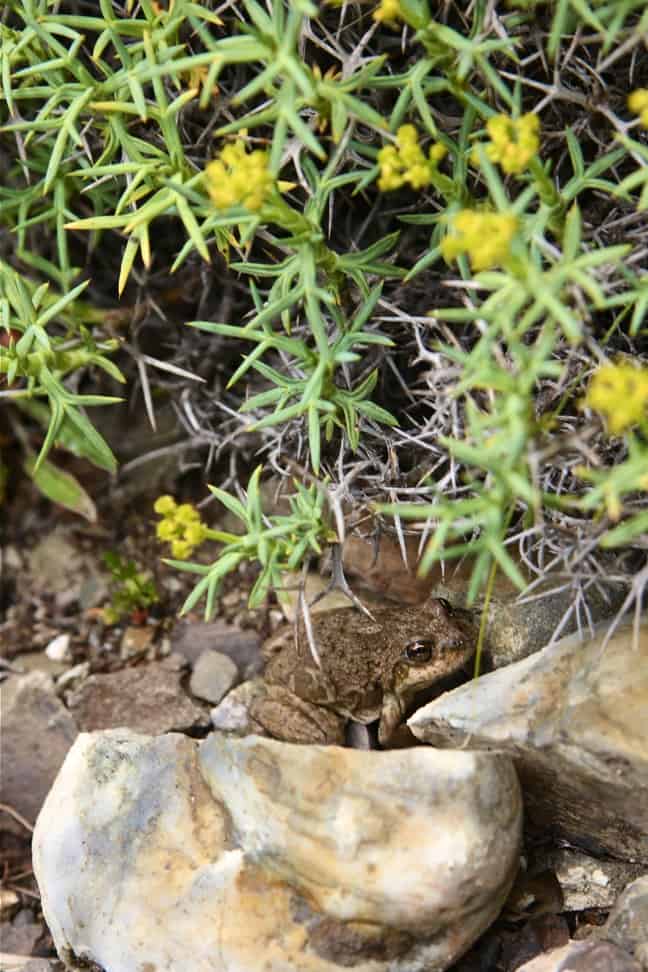
6. Plan for Reciprocity Fees
Though a passport might be enough documentation to get into these countries, reciprocity fees may be charged for certain nationalities.
In 2014, the situation changed for visitors from the United States (and Canada), when Chile eliminated a $160 entry fee.
The same thing happened in 2016 for US citizens entering Argentina. Of course, with the turbulent politics of the day, who knows what will happen this year?
NOTE: This is particularly useful information to have when crossing borders remotely.
READ MORE: How to Avoid Products With Palm Oil
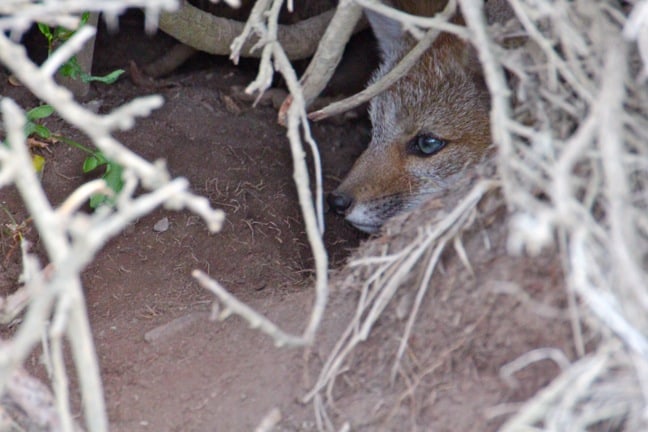
7. Bring Both Credit Cards & Cash on a Patagonia Trip
Credit cards (MasterCard & Visa are best) and cash machines (debit cards need a four-digit pin code) are common in the populated areas of Patagonia. But it’s good to have a back-up card, as certain machines sometimes inexplicably don’t like certain cards.
On that note, having a couple of days’ worth of cash or travelers checks aren’t a bad insurance policy, either.
Inform your bank where you’ll be traveling and have a second option in mind should your credit cards not work. Western Union always works in a pinch.
READ MORE: The 20 Safest Countries in Africa to Visit

8. Pack Power Adapters for Argentina & Chile
8) Packing electrical power adapters for Argentina and Chile are a necessity. Standard electricity in Patagonia is 220 volts, as opposed to 120 volts in the US.
When charging your phone, tablet, or laptop, a basic plug adapter should be fine. These low-power devices are designed to adapt to different voltages.
However, using something more energy-demanding, such as a hair dryer, requires a voltage adapter as well.
Argentina and Chile share the type C plug with two round pegs (the same as is used in mainland Europe) but have different three-prong set-ups (type I and type L, respectively).
READ MORE: 20 Best Cultural Festivals Around the World (For Your World Travel Bucket List)
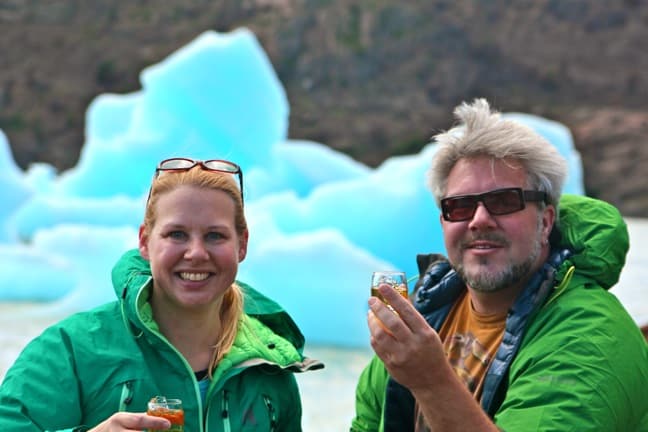
9. Layers are Best for Unpredictable Patagonia Weather
Patagonia weather is unpredictable and can get cold, windy, and wet in a hurry. So travel clothing should include layers of warm clothing, as well as rain gear.
Good waterproof hiking shoes for men and hiking shoes for women that are broken in and comfortable make hiking in Patagonia much more enjoyable. While we’re on the topic of precipitation, a water-resistant backpack is also useful.
READ MORE: The 30 Most Comfortable Walking Shoes & Hiking Shoes for Women
10. Pack Sun Protection for Patagonia Adventures
The blazing sun of the southern hemisphere can sneakily fry foreheads, ears, and hair partings, so it’s also a good idea to pack a hat, sunglasses, and sunscreen.
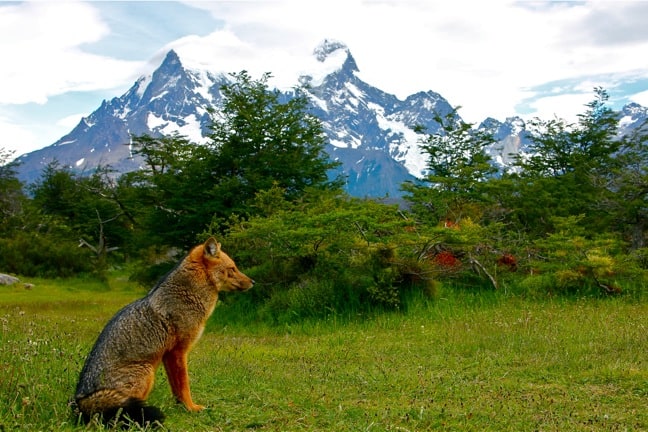
TRAVELING TO PATAGONIA
There is no international airport in Patagonia, so getting there is usually part of the adventure. Options abound for venturing into the bottom rungs of the South American continent.
In fact, because the region is so large, transportation will likely be an integral and possibly rewarding part of the trip.
READ MORE:
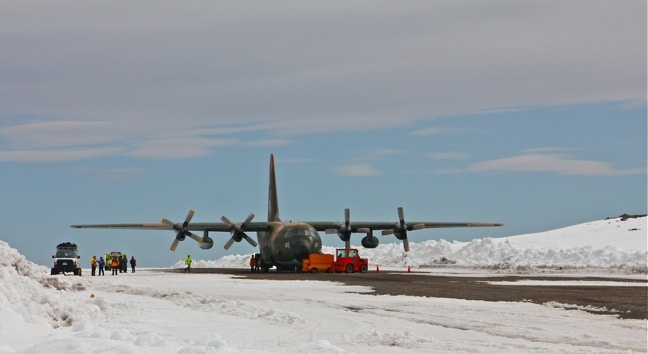
11. Options for Flying to Patagonia
Flying to Patagonia will require stopping in either Buenos Aires (EZE) or Santiago (SCL). From there, you can take domestic flights to reach smaller airports in different parts of Patagonia.
Flights from Buenos Aires can take you to Bariloche, Trelew, El Calafate, or Ushuaia. Chilean outposts include Punta Arenas, Puerto Natales, Coyhaique, Castro, Puerto Montt, and Temuco.
Either way, most domestic flights out of the major cities should be in the $200 range for a round-trip ticket.
READ MORE: The 21 Best Environmental Charities & Animal Charities

12. Flights between Airports in Patagonia are More Expensive
It’s possible to get flights between the airports in Patagonia as well but be aware that Chilean flights stay in Chile and Argentinian flights stay in Argentina.
These flights tend to be much more expensive than flying in from the capitals. However, Chile does offer an internal Patagonian flight on a nine-seater plane to Puerto Williams (its southernmost settlement).
READ MORE: Top 15 Female Wildlife Conservationists & Animal Rights Activists
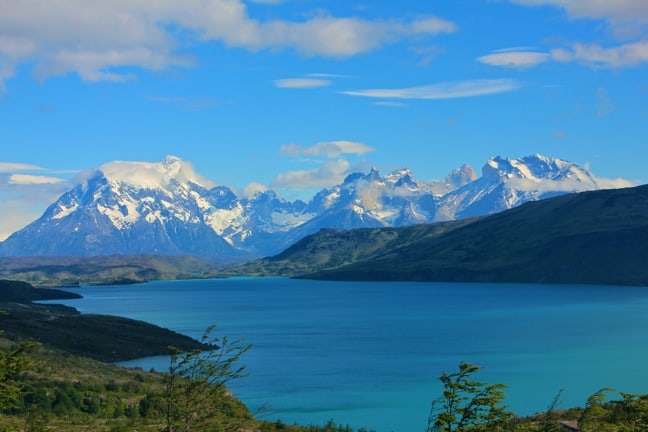
13. Traveling to Patagonia by Bus is Less Expensive
Bus services are plentiful and have well-trodden routes, both down to Patagonia and within the region. They are surprisingly comfortable, with some routes including bed options.
They can usually be booked a couple of days in advance, and they’ll be much less expensive than flying down from Santiago or Buenos Aires.
The big issue is that traveling to Patagonia by bus takes a long time: Getting from Buenos Aires to Ushuaia takes about 48 hours.
READ MORE: Best Coffee In the World (A Gourmet’s Guide to 30 Types of Coffee)
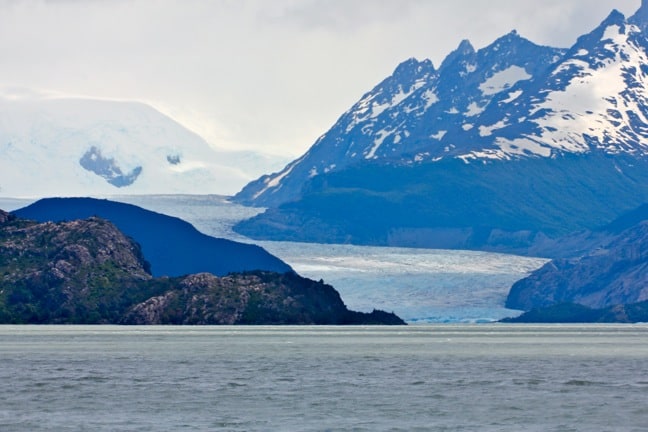
14. Options for Getting to Patagonia by Sea
Ferries are yet another adventurous transportation alternative. For those who like the sea, this could really be a bonus experience for your trip.
Chile has ferries that run from down the coast to Puerto Chacabuco in Patagonia, as well as ferries within the region.
There’s also a long trip from Puerto Montt to Puerto Natales that leaves every Friday and arrives on Monday, as well as a trip from Punta Arenas to Puerto Williams (which takes 32 hours).
READ MORE: 20 Best Small Ship Cruises for Your World Travel Bucket List
PLACES TO VISIT IN PATAGONIA
However you choose to travel to Patagonia, the region is all about nature.
From the birds of Patagonia (including Andean condors, penguins, and caracaras) to mammals (including guanaco, pumas, and whales), the region is packed with wildlife.
From the desert-like steppes to the mystic mountains of the southern Andes, this is one of the least populated places on the planet, with a mere five people per square mile. In other words, this is the natural world at its most pristine, with room to roam freely.
READ MORE: What is an Eco Lodge? The Top 20 Eco Resorts & Eco Hotels in the World
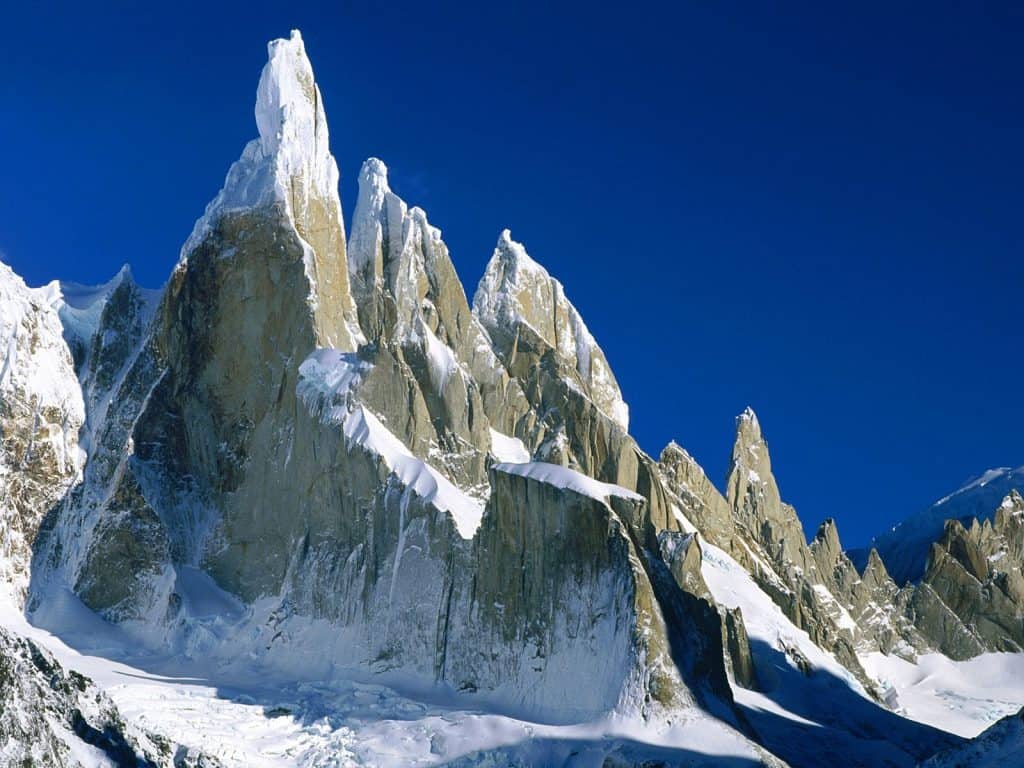
15. Los Glaciares National Park (1 on Map)
Los Glaciares National Park is a UNESCO World Heritage Site on the Argentinian side of Patagonia. As its name would seem to suggest, the park is renowned for its stunning glaciers.
Of course it also has beautiful lakes, mountains, and forests. However, the glaciers here steal the show, and they constitute the largest continental ice extension after Antarctica.
Perito Moreno, which is close to the town of Calafate, is arguably the most famous of the park’s glaciers, and it’s truly a must-see.
READ MORE: 30 Antarctic Animals You Can See on an Antarctica Cruise
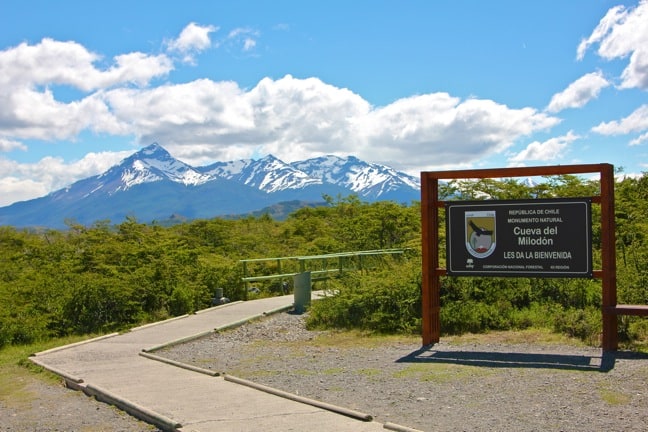
16. Torres del Paine National Park (2 on Map)
Torres del Paine National Park is a UNESCO World Biosphere Reserve on the Chilean side of Patagonia.
It’s revered for the looming massifs of its namesake mountain as well as stunning lakes, gorgeous Patagonia flowers, montane forests, and abundant Chilean wildlife.
The mountain is considered one of the planet’s premier rock-climbing destinations, while the W Trek is regarded as one of the world’s great hikes. The park also includes the majority (90%) of the Southern Patagonia ice field, which is also seen in Los Galciares.
READ MORE: 20 Best Mountains In The World (For Your World Travel Bucket List)
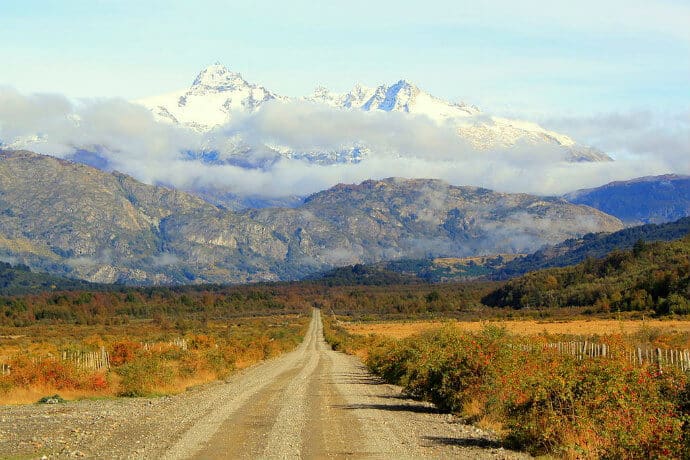
17. Carretera Austra Highway (3 on Map)
If you love scenic road trips, Chile’s Carretera Austra Highway (a.k.a. Ruta 7) is an absolute mind-blower. Stretching around 770 miles from north to south, it passes by massive volcanoes, brilliant blue glacial lakes, and virgin forests.
The route takes you by Pumalín National Park, Parque Queulat, the Enchanted Forest, Cerro Castillo National Park, and Patagonia Park. In other words, a trip down this road alone could supply a full vacation’s worth of adventure!
READ MORE: 25 Biggest Forests in the World (For Your World Travel Bucket List)
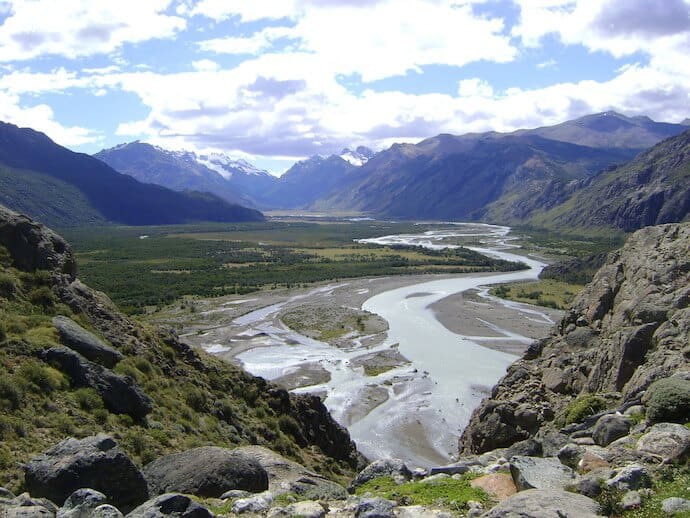
18. El Chaltén (4 on Map)
El Chaltén is considered by many avid backpackers to be the hiking capital of Patagonia, particularly on the Argentinian side.
The area offers lots of day hikes (including Laguna de Los Tres and Laguna Torres) as well as multiple-day hikes (the best is arguably Monte Fitz Roy-Cerro Torre).
The village of El Chaltén overlooks Los Glaciares National Park, and is a border town that’s widely known as a hippie (and expat) hotspot.
READ MORE: The 50 Best Hiking Quotes to Inspire Your Adventures
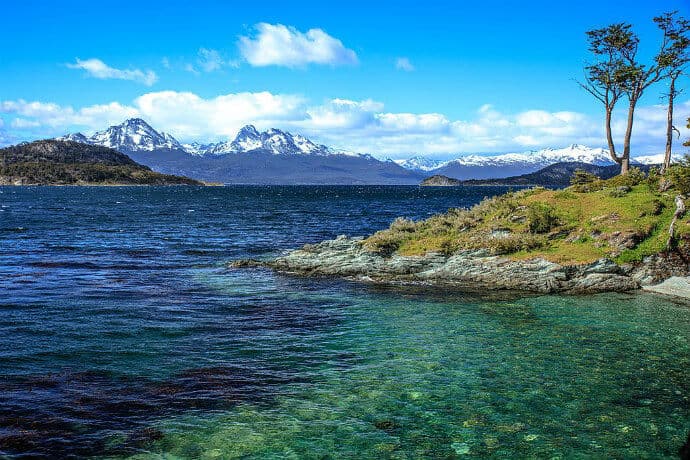
19. Tierra del Fuego (5 on Map)
Across the famous Straits of Magellan, Tierra del Fuego (and all of its incredible wildlife) beckons Patagonia visitors.
In addition to a diverse flock of seabirds, the coastline teems with South American sea lions and pods of Peale’s dolphins. It is also home to the only continental breeding colony of king penguins, which congregate throughout the year in Porvenir.
READ MORE: 10 Eco Lessons in Quotes from The Lorax (Dr Seuss’ Conservation Classic)
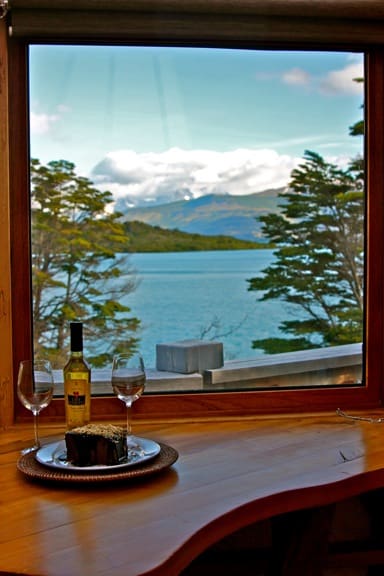
CHOOSING PATAGONIA TOURS
20. Realistically Assess Your Own Limits When Selecting Patagonia Tours
There are lots of Patagonia tours available, ranging from comprehensive itineraries offered by world-renowned tour outfits to shorter tours purchased from local proxies.
The key to choosing between all of these myriad options is realistically assessing your own limits and staying within those boundaries.
Some people love getting out into the middle of nowhere and completely winging it, but most of us appreciate some guidance, advance planning, and a sense of security.
For those with little command of Spanish or experience navigating foreign countries alone, a pre-planned small group tour will probably be the best bet.
It will ensure that the necessary logistics don’t get in the way of your enjoyment, as the trails and tour routes will be vetted for safe passage and ultimate experience. Plus, it’s possible to find companies that use primo local guides.
However you ultimately choose to visit Patagonia, this iconic South American destination is guaranteed not to disappoint.
It’s one of those magical places that leaves little doubt as to just how majestic our planet can be. It’s a place unlike any other, still largely the way Mother Nature painted it, ready to wow anyone willing to take the epic journey. –by Jonathon Engels
